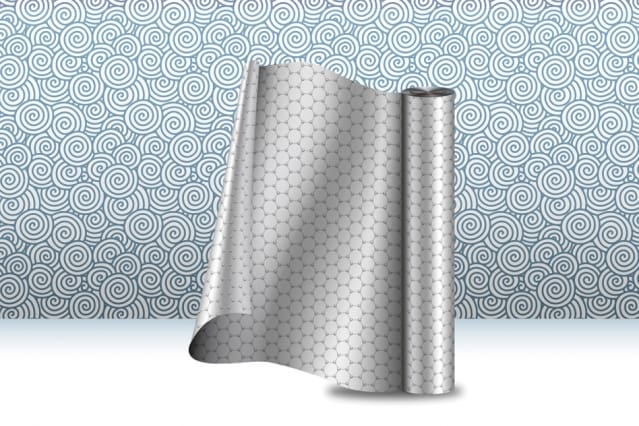Of all the many potential applications for the single-atom-thick form of carbon, graphene, filtration membranes have been one of the most promising but frustratingly elusive. Sheets of graphene should be ideal as the basis for membranes, and researchers have been looking at ways of riddling the sheets with precisely-sized holes to allow only chosen molecules through. The difficulty has been in simply making big enough sheets, as graphene has until now been very difficult to manufacture in large samples. The MIT team, from the Laboratory for Manufacturing Productivity directed by Prof John Hart, has devised the process which could be the basis for production of large sheets on an industrial basis.

Published in a paper in Applied Materials and Interfaces, the research adapts the method commonly used to make graphene film for a more industrial setting. Currently, graphene is often made by chemical vapour deposition, which involves heating up a copper foil and then, under carefully controlled conditions, sending a stream of methane and other gases over it which then grow into sheets of graphene. The new technique also uses copper foil, but it is unwound from a roll and sent into a small furnace through a pair of tubes.
In the first tube, the copper foil is heated to the ideal temperature for graphene deposition. In the second, a specified ratio of methane and hydrogen gas is pumped over the copper. “Graphene starts forming in little islands, and then those islands grow together to form a continuous sheet,” Hart said. “By the time it’s out of the oven, the graphene should be fully covering the foil in one layer, kind of like a continuous bed of pizza.”
As the now-graphene coated foil emerges from the furnace, it is wound onto a second spool. Hart’s team then cut the foil into samples and cast a mesh on top of the graphene, before etching away the copper. This technique was developed by Harvard University. The polymer mesh had protuberances, known as drumheads, which were larger than the graphene’s pores, which provides additional stability and also keeps the pores open.
The team then tested the resulting supported membrane by passing solutions of salts and other molecules over them, confirming that they were effective at filtering out specified molecules while withstanding the fluid flow. The performance was comparable to graphene membranes made using conventional, small-batch approaches which would not be suitable for industrial production.
“We know that for industrialisation, it would need to be a continuous process,” Hart said. “You would never be able to make enough by making just pieces. And membranes that are used commercially need to be fairly big — some so big that you would have to send a poster-wide sheet of foil into a furnace to make a membrane."
The graphene making process currently runs at a rate of 5cm/min, and the largest sample made during the project was about 10m long, which took a four hour run of the equipment.
“If this were in a factory, it would be running 24-7,” Hart said. “You would have big spools of foil feeding through, like a printing press.”
The equipment also needs to be scaled up, as Hart’s team used copper foil less than 1cm wide. The project also included varying the speed of the process and the ratio of methane to hydrogen in the deposition furnace, and monitoring the resulting quality of graphene. Hart now plans to devise a way of integrating the supporting polymer mesh casting into the continuous process, which he believes will be necessary to set up a commercial manufacturing line.



Glasgow trial explores AR cues for autonomous road safety
They've ploughed into a few vulnerable road users in the past. Making that less likely will make it spectacularly easy to stop the traffic for...